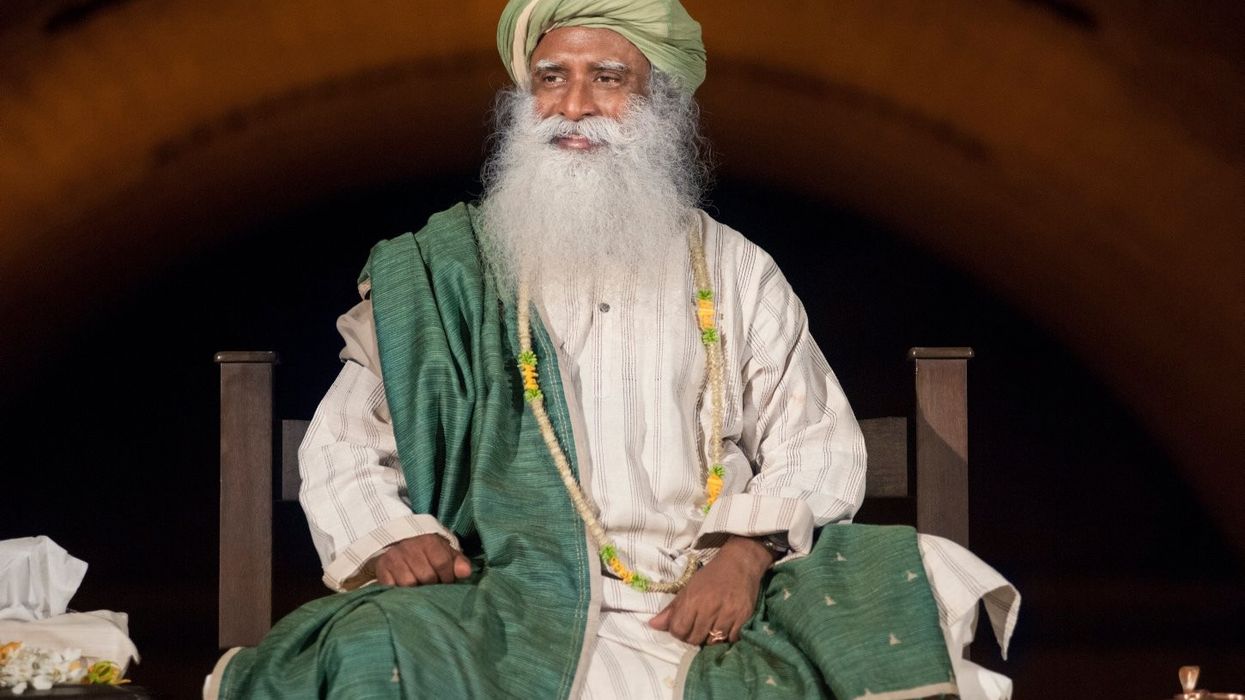by LAUREN CODLING
BRITISH ASIANS have been warned to pay attention to their health by leading medical professionals, as a “diabetes epidemic” is predicted to trigger a rise in heart attack and strokes by 2035.
The number of people suffering from potentially fatal medical conditions due to diabetes is predicted to rise by 29 per cent, according to new analysis released by the British Heart Foundation (BHF) last month.
Moreover, despite advanced research techniques and developments in the field, it was announced that the diagnosis of all diabetes types in the UK has more than doubled in two decades.
According to Diabetes Research & Wellness Foundation (DRWF), the number stood at 1.8 million people over the age of 16 being diagnosed in 1998, compared to the most recent statistics which estimates over 3.8 million people having the condition.
This number is predicted to rise to five million over the next 20 years as the UK’s obesity rate increases.
The National Diabetes Audit from 2016-17 showed at least 8.4 per cent of patients with Type 1 and 19.3 per cent of patients with Type 2 are from an ethnic minority group.
Professor Sir Nilesh Samani, medical director at BHF, told Eastern Eye the knock-on effect of rising levels of health problems related to diabetes could be “massive”.
He added the increased risk of Asians developing the disease could be significant, causing future potential health problems.
“It is well known that obesity puts people at significant risk of developing diabetes… however, [it] is not the only contributing factor,” he said. “People with a family history of Type 2 diabetes are more at risk of developing the disease.
“And some ethnic groups have a much higher rate of diabetes – including people of south Asian origin.”
Samani also noted the risk of coronary heart disease (CHD) is up to 50 per cent higher in first-generation south Asians than in the white European population in the UK.
“We need more research to better understand why particular groups are at higher risk of diabetes, and to combat heart and circulatory diseases in people living with diabetes,” he said.
BHF has also addressed the strain the epidemic could have on health services. It expects the rise to put an “unprecedented” burden on the NHS, with previous estimates suggesting the yearly cost of treating individuals with diabetes will be £16.9 billion by 2035, up from £9.8bn in 2012.
Dr Kailash Chand, honorary vice president of the British Medical Association (BMA) and ex-chair of the NHS Trust, told Eastern Eye promoting knowledge about diet and exercise and taking responsibility for our lifestyle choices are the best ways to cut down on healthcare
costs and the strain on the NHS.
“Diabetes is a major public health problem that is approaching epidemic proportions globally,” he said. “A person with Type 2 diabetes is two-to-four times more likely to get cardiovascular disease, and 80 per cent of people with diabetes will die from it.”
Dr Chand, who has worked as a GP since 1983, advised members of the Asian community to focus on improving their diet, exercising regularly and attempting to reduce stress.
“[This advice] will not only boost quality of life but will curb the risk of death from cardiovascular disease and all causes,” he said.
Earlier this year, NHS figures confirmed Type 2 diabetes is closely associated with being very overweight.
Nearly four in five of the 715 children suffering with Type 2 diabetes in the UK were obese.
Almost half were black or Asian.
In June, the government released a childhood obesity report. It detailed strategies to tackle the issue, including having compulsory calorie counts on all menus in restaurants and takeaways; banning the sale of caffeine-filled energy drinks to children; limiting the number of unhealthy food adverts shown during children’s TV programmes and encouraging primary schools to introduce daily physical activities.
A senior cardiac nurse at BHF, Maureen Talbot, said although she believes the government are aware of the problem, they can always do more.
“We would like them to ensure the recommendations from the obesity plan are implemented in full,” she told Eastern Eye.
“The nature of eating habits as a child are the same habits you could take into adulthood. It is very important to ensure the habits of children are changed and their access to junk food isn’t as easy as it seems to be now.”
Talbot hopes the future generation will be educated on healthy lifestyle choices, to reduce the risk of diabetes numbers rising.
“No one wants to be a burden on the NHS or have a health condition, so having that awareness will hopefully happen in the next 20 years,” she said.
“School age children will hopefully learn about healthy eating, the importance of physical
activity, and how to maintain their health in adult life.”
Sonal Shah, a London-based nutritionist and director of Synergy Nutrition, told Eastern Eye that Asian communities need to be further educated on healthy eating.
“Their diets can be improved by watching portion sizes, reducing sugars from foods and drinks, and healthier cooking methods,” she advised. “Unhealthy habits that have been picked up just need to be swapped to healthier ones.”
Professor Jonathan Valabhji, national clinical director for diabetes and obesity at NHS England, referred to the BHF figures as “concerning”.
He added: “[This] underscores why we have been working hard to ensure England is the first country in the world to achieve full national coverage with an evidence-based Type 2 Diabetes Prevention Programme, for those at high risk of the disease.”
When contacted by Eastern Eye, a spokesperson for the department of health highlighted the new measures being taken to address the growing problem of obesity.
“Our new childhood obesity plan will get children exercising more in schools and reduce their exposure to sugary and fatty foods.
“This is in addition to the billions we have invested in public health services, and our reformulation efforts which have already removed the equivalent of 45 million kilograms of sugar from soft drinks every year.”











